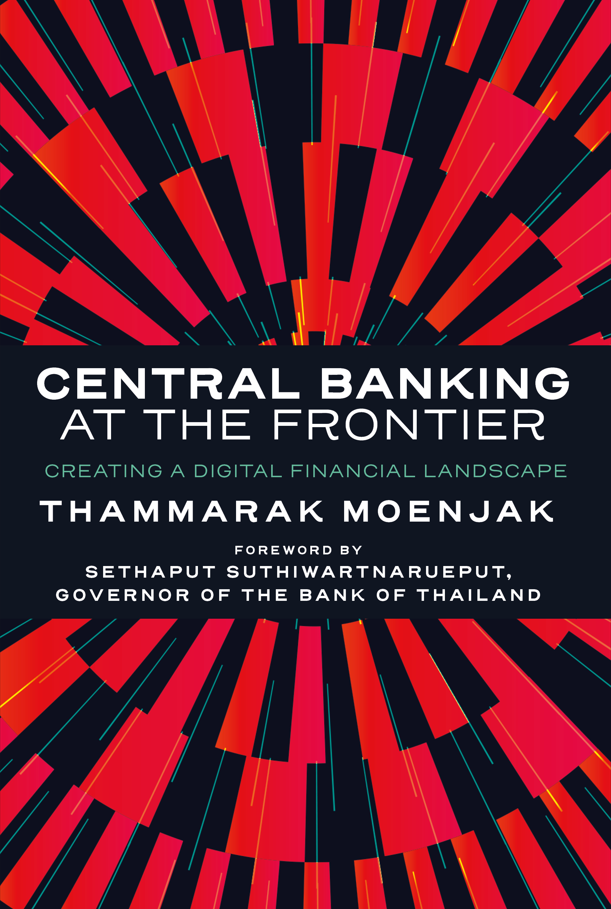Technology is not only changing the way we do finance, but also the way we regulate it. As a central bank, we have a dual responsibility: to protect consumers and the financial system and to foster innovation and competition in the financial sector. This is a delicate balance that requires careful judgment and constant adaptation. We are living in an exciting time, where technology is reshaping the finance industry. Technology is also transforming the role and functions of central banks, creating new opportunities and challenges for us.
To take advantage of the opportunities that technology has to offer while mitigating the accompanying risks will require the central banks to navigate terrain that is new to many of us. Like most central banks, the Bank of Thailand is now trying to navigate this exciting new frontier of technology and finance. I believe that our journey is not unique, but rather reflects the common issues and trends that are affecting many central banks around the world.
One of the most noticeable changes is the emergence of non-bank players, such as FinTech and BigTech, that offer innovative and convenient financial services, especially to the underserved segments. These new players are disrupting the traditional dominance of banks in most markets, and pose new questions for regulators and policymakers. How can we ensure a level playing field for different types of players? What are the necessary digital infrastructures and how should we design the rules for them to access and utilize such infrastructures? How might these players respond to financial stability measures and affect the transmission of monetary policy?
Another challenge is to balance the potential benefits and risks of new technologies such as artificial intelligence (AI). At the Bank of Thailand, our approach is to encourage greater AI adoption in the financial sector, rather than imposing stringent regulations on it. At the present junction, the arrival of generative AI has produced a step change, but its impact in the financial sector is yet to be realized, whether in terms of benefits or risks, as the technology itself is fast evolving. Given uncertainty regarding the risk-reward tradeoff, we need to carefully calibrate our response to ensure that we can harness the potential of AI such as improved efficiency, accuracy, and customer experience, while addressing potential risks properly. Although we think that many of the risks associated with AI, such as IT and cyber risk and data security and privacy, are currently adequately addressed by existing regulatory frameworks, the remaining primary concern that we have is the issue of transparency and the potential misuse of AI by malicious actors for fraudulent activities.
Finally, technology also presents opportunities for central banks to innovate and enhance their core functions, such as issuing and managing money. Central bank digital currencies (CBDCs) are at the forefront of this innovation, as they aim to provide a digital form of central bank money that can meet the needs of the modern economy. The Bank of Thailand, in partnership with BIS Innovation Hub Hong Kong Centre, the People’s Bank of China, Hong Kong Monetary Authority, and the Central Bank of the United Arab Emirates, has developed a platform for wholesale cross-border connectivity – mBridge – designed to support real-time, cross-border payments using CBDCs. The platform shows clear potential benefits, such as faster transfer time (from 3-5 days to several seconds) and significantly lower funding, foreign exchange, and compliance costs.
While different jurisdictions might have challenges that are unique to their own contexts, the author’s comprehensive take on the issues surrounding the emerging challenges of financial disruptions, available policy tools, and relevant policy tradeoffs will be useful for those who are dealing with the challenges that digital disruption is bringing to the financial sector globally. This timely book provides a big picture view together with the necessary practical details that will put policy makers, practitioners, academics, and students right at the exciting new frontier of central banking.
— Dr. Sethaput Suthiwartnarueput
Governor of the Bank of Thailand
